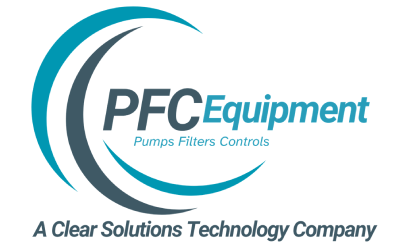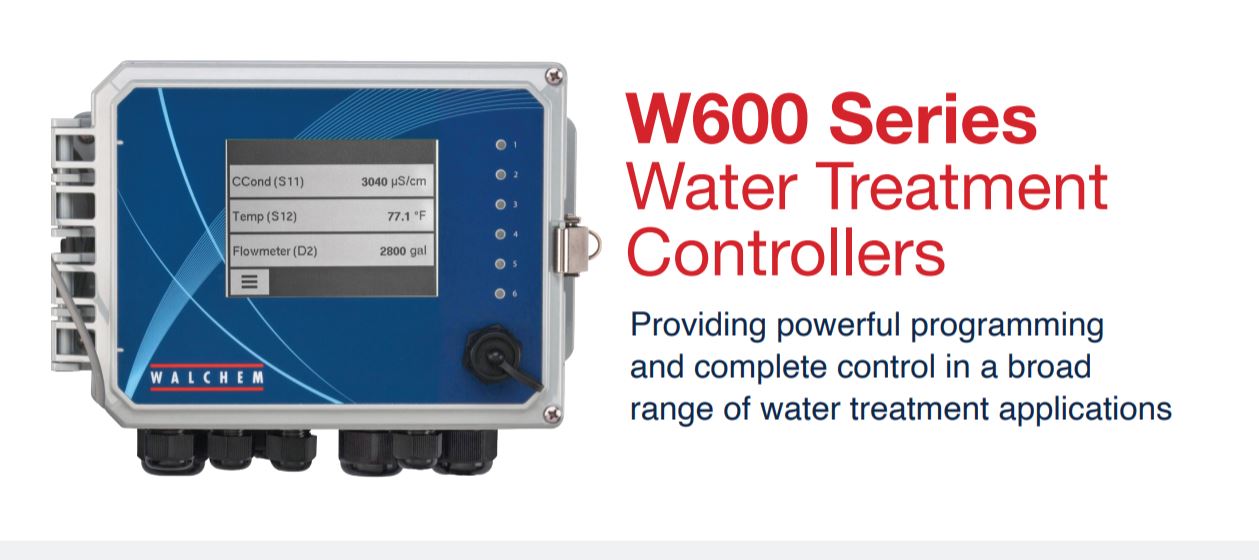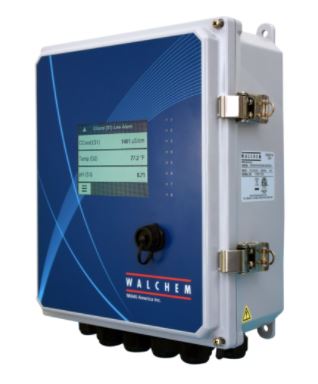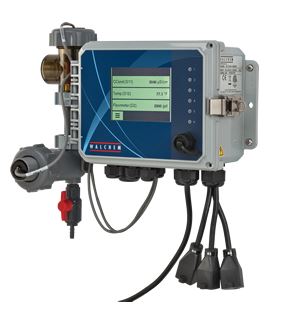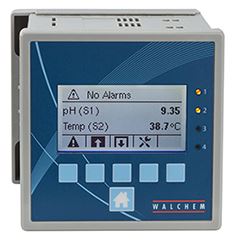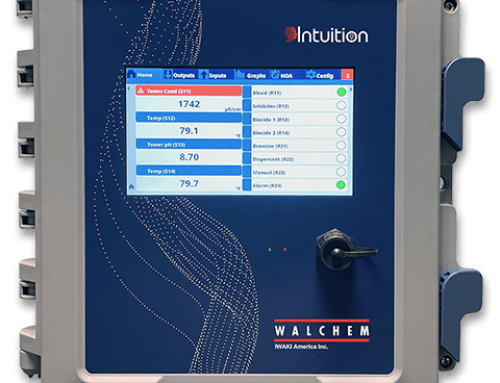Water treatment is any process that will improve the quality of the water and will make it acceptable for the end use. It may be drinking water, industrial water supply, irrigation, water recreation or safely returning water to the environment.
Water treatment can remove or reduce contaminants from raw water by the destruction of the microbial pathogens, this involves the use of reactive chemicals to remove bacteria, algae, fungi, viruses and mineral including manganese and iron.
Removing contaminants may include physical processes such as settling and filtration or a chemical process such as disinfection and coagulation.
Industrial water treatment generally involves process water , boiler water or cooling tower water treatment, it seeks to mange four main problems: scaling, corrosion, microbiological activity and disposal of residual wastewater.
The large concern with the treatment of residual water is to reduce the pollutant concentrations so that the water will comply with regulations regarding disposal of wastewater into sewage treatment plants or river, lakes and oceans.
The four most common steps on water treatment for drinking water are:
Coagulation and Flocculation – chemicals with a positive charge are added to the water to neutralizes the negative charge of dissolved particles.
Sedimentation – larger particle called Floc settle to the bottom due to its weight.
Filtration – the clear water on top will pass through filters in order to remove dissolved particles.
Disinfection – after filtration a disinfectant is added to the water to kill remaining parasites, bacteria and viruses.
Water Treatment Process
Water Treatment Process
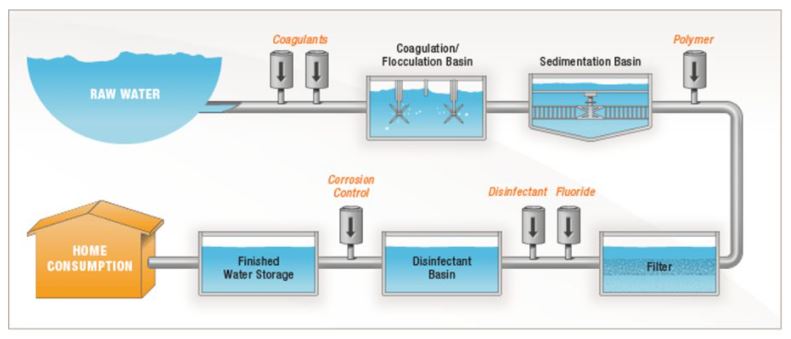
Chemicals used in Water Treatment
Algaecides
Antifoams
Biocides
Boiler water chemicals
Coagulants
Corrosion inhibitors
Disinfectants
Defoamers
Flocculants
Neutralizing agents
Oxidants
Oxygen scavengers
pH conditioners
Resin cleaners
Scale inhibitors
